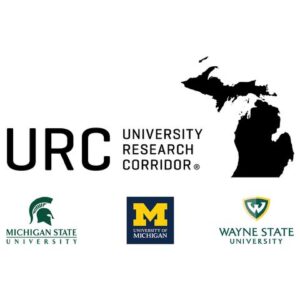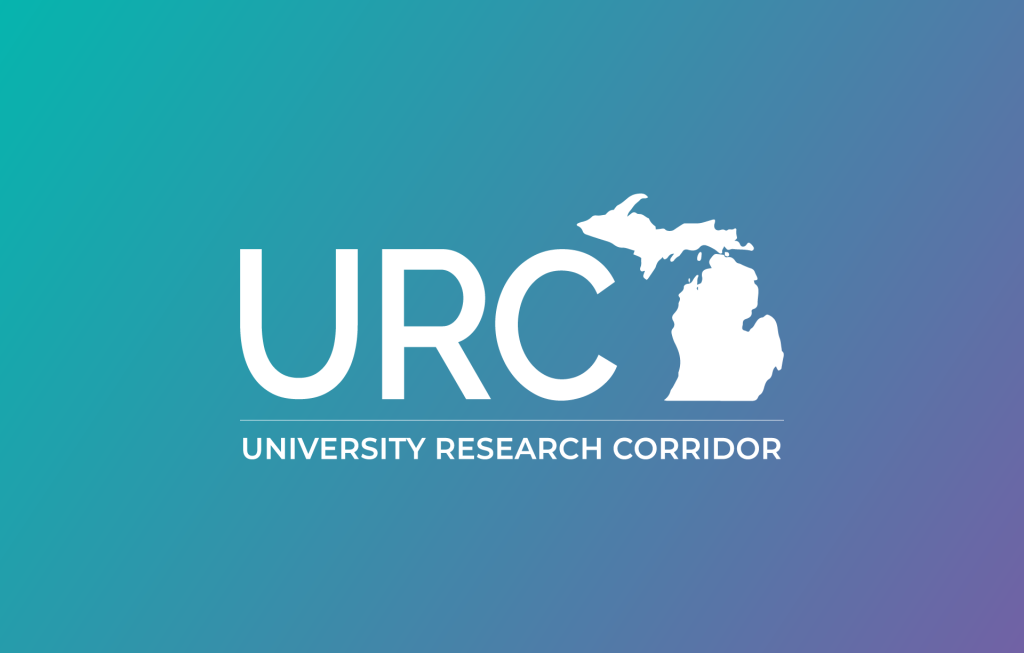 LANSING, Mich. – Britany Affolter-Caine, executive director of Michigan’s University Research Corridor — an alliance of Michigan State University, the University of Michigan and Wayne State University — released the following statement today on the National Institutes of Health directive to cap indirect costs:
LANSING, Mich. – Britany Affolter-Caine, executive director of Michigan’s University Research Corridor — an alliance of Michigan State University, the University of Michigan and Wayne State University — released the following statement today on the National Institutes of Health directive to cap indirect costs:
“The decision by the National Institutes of Health (NIH) to cap indirect costs at 15% threatens to disrupt life-saving research and cuts the capacity of our great research institutions to serve the healthcare needs of the people of Michigan. Indirect costs directly impact researchers’ ability to get the job done and benefit people. Specifically, this could jeopardize thousands of jobs and more than 1,700 research projects across our three leading research universities. We commend the temporary restraining order that halted the NIH from implementing this policy.
“URC universities have driven breakthroughs that have advanced the well-being of Michigan families and communities. These include discoveries and care that help mothers conceive and deliver healthy babies, the development and delivery of life-saving cancer treatments like Cisplatin, and specialized equipment that enables patients suffering from heart and lung failure to survive while receiving care. NIH provided critical funding for each of these breakthroughs. It continues to provide vital support for research and medical infrastructure that will lead to new discoveries, cures, treatments and positive outcomes in the future.
“Capping costs for essential infrastructure damages the foundation of these advancements, imperiling the very system that makes our country and our state world leaders in innovation. We urge legislative leaders and the administration to ensure the long-term restoration of the model that makes the United States the envy of the world in scientific research.”
The 2023 URC Economic Impact Report shows that for every dollar that the state has invested in URC institutions, the URC has put back $24 into the state economy through not only research but also its education and innovation activities, jobs created and in-state spending of its 152,000 students and 755,000 Michigan-based alumni. The three URC universities conduct $2.87 billion in research and development annually, much in areas of critical importance to Michigan residents and key industries.
URC universities graduate significantly more professionals into the medical field than any other university research cluster — more than its peers in Massachusetts, and northern and southern California. Last year, the URC granted more than 2,500 medical degrees for the fourth year in a row. The URC also leads the nation in several degree fields that are important for advanced manufacturing jobs, including electrical and computer engineering, and business administration management.
About Michigan’s University Research Corridor
Michigan’s University Research Corridor (URC) is an alliance of Michigan State University, the University of Michigan and Wayne State University and the leading engine for innovation in Michigan and the Great Lakes region. The URC is focused on increasing economic prosperity and connecting Michigan to the world.
More information can be found at: urcmich.org | @urcmich | LinkedIn | Facebook









